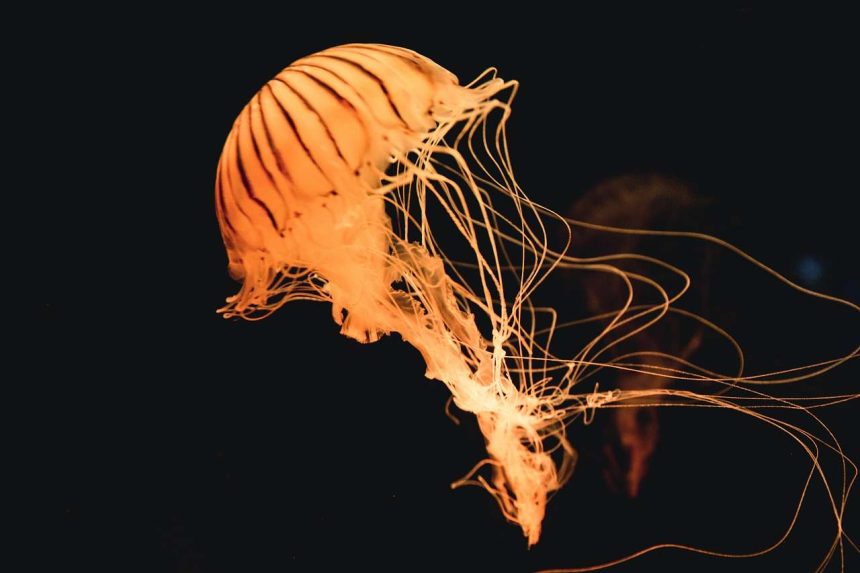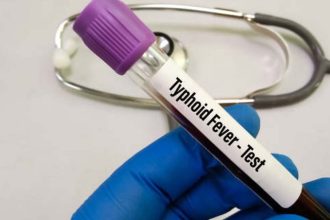The World’s Most Deadly Jellyfish: The sea wasp, scientifically known as Chironex fleckeri, is often hailed as the most dangerous animal on the planet. This jellyfish, notorious for its deadly venom, is frequently dubbed the “invisible killer.” With the capability to inflict fatal injuries within minutes, understanding its characteristics and habitat is crucial for safety in tropical waters.
Characteristics of the Sea Wasp
The sea wasp features a translucent, bell-shaped body that can reach heights of up to 10 centimeters, making it challenging to detect in the water. However, the true danger lies in its long, thread-like tentacles. These tentacles can extend up to 120 centimeters and are equipped with thousands of microscopic stinging cells known as nematocysts. A mere brush against these tentacles can introduce a lethal dose of venom, leading to severe pain and potentially fatal consequences.
Venom and Its Effects
The venom of the sea wasp is incredibly potent, causing excruciating pain upon contact. Without prompt medical treatment, envenomation can result in cardiac arrest and death. Unfortunately, there is currently no antidote available for the venom of the sea wasp, underscoring the importance of awareness and preventive measures for those venturing into affected waters.
Habitat of the Sea Wasp
Primarily, sea wasps inhabit the coastal waters of northern Australia. However, their presence is not limited to this region; they have also been reported in various tropical areas, including the Atlantic Ocean coasts of the United States, western Africa, and the Indian Ocean. This widespread distribution emphasizes the need for vigilance in tropical marine environments.
Safety Tips for Swimming in Tropical Waters
To minimize the risk of encounters with sea wasps while swimming in tropical waters, consider the following safety tips:
- Stay Informed: Research the areas you plan to swim in for any warnings or reports of sea wasp sightings.
- Wear Protective Gear: Consider wearing a full-body wetsuit or protective clothing to reduce the risk of stings.
- Swim in Designated Areas: Always swim in designated swimming zones monitored for jellyfish presence.
- Seek Immediate Help: If stung, seek medical attention immediately, as timely treatment can be critical.
By staying informed and taking necessary precautions, swimmers can enjoy the beauty of tropical waters while minimizing the risks posed by the sea wasp.




